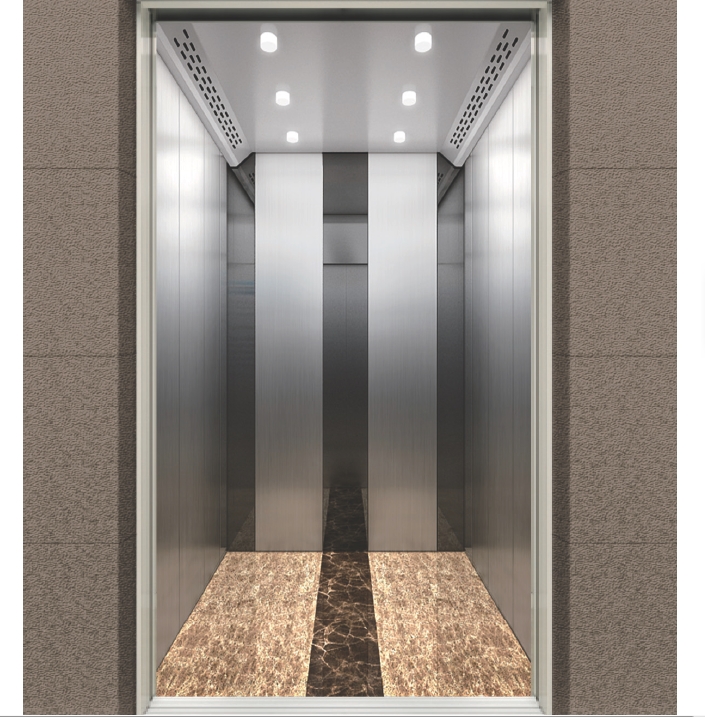What Qualifies as a ‘Small’ Home Elevator?
A small elevator is designed specifically for residential use where space is limited. These elevators prioritize a minimal footprint over large capacity. They allow homeowners to add accessibility without major structural changes.
Defining Compact Dimensions
Compact dimensions are the main feature of a Home Small Elevator. These models fit into spaces that traditional elevators cannot. Many designs occupy an area similar to a large closet or a corner of a room.
·The Stiltz Duo, for example, takes up less than seven square feet. This equals a footprint of under 1008 square inches.
·Pneumatic models like the Nibav Series IV need a circular space of about 1241.4 square inches.
Weight capacity is another defining factor. Small elevators usually carry two to four people. Their weight limits often range from 250 to 500 kilograms (about 550 to 1100 pounds). This capacity suits most family needs perfectly.
Key Types for Tight Spaces
Several elevator types are engineered for tight spaces. Each uses a different technology to move the cab between floors.
1.Pneumatic Vacuum Elevators (PVE): These elevators use air pressure to lift and lower the cab. They do not need a pit or machine room, which saves significant space. PVEs are typically designed for one or two passengers.
2.Traction Elevators: These use a counterweight system with ropes or belts. Modern machine-room-less (MRL) traction designs are very compact and energy-efficient.
3.Hydraulic Elevators: These use a piston and pump to move the cab. While traditionally larger, newer compact hydraulic systems are available for home use.
Note: The weight capacity of a pneumatic elevator is an important consideration. Different models offer different limits. Always check that the model you choose can support your needs.
The table below shows typical capacities for PVE models.
| Model | Weight Capacity |
|---|---|
| PVE-30 | 350 lbs (159 kg) |
| PVE-37 | 450 lbs |
| PVE-52 | Accommodates a person in a wheelchair with an attendant or up to three adults |
Choosing the right type depends on your home’s structure and your accessibility requirements.
Review: Pneumatic Vacuum Elevators (PVE) PVE30
The PVE30 is a single-passenger elevator that uses innovative air-pressure technology. Its unique design makes it a top choice for homeowners looking to add accessibility with minimal home modification. This elevator does not require a pit, hoistway, or machine room, offering great placement flexibility.
Best For: The Tightest Spaces
The PVE30 excels in homes where every inch matters. Its self-contained, circular design allows it to fit into spaces that are too small for traditional elevators, such as closets or the corner of a room. The elevator’s small footprint makes it an ideal retrofitting solution for existing homes, preserving the original floor plan and architectural integrity.
Key Specifications and Cost
The PVE30′s specifications highlight its compact and efficient nature. It operates on a standard 220V, 25 Amp, single-phase service. This model is very energy-efficient, drawing minimal electricity during ascent and using no power at all for descent.
The table below details its precise dimensions.
| Measurement | Value |
|---|---|
| External cylinder diameter | 30 inches (750mm) |
| Internal cabin diameter | 20 ½ inches (521mm) |
| Internal cabin height | 6’7” (79 inches/ 2005mm) |
Cost Insight
Post time: Oct-20-2025


